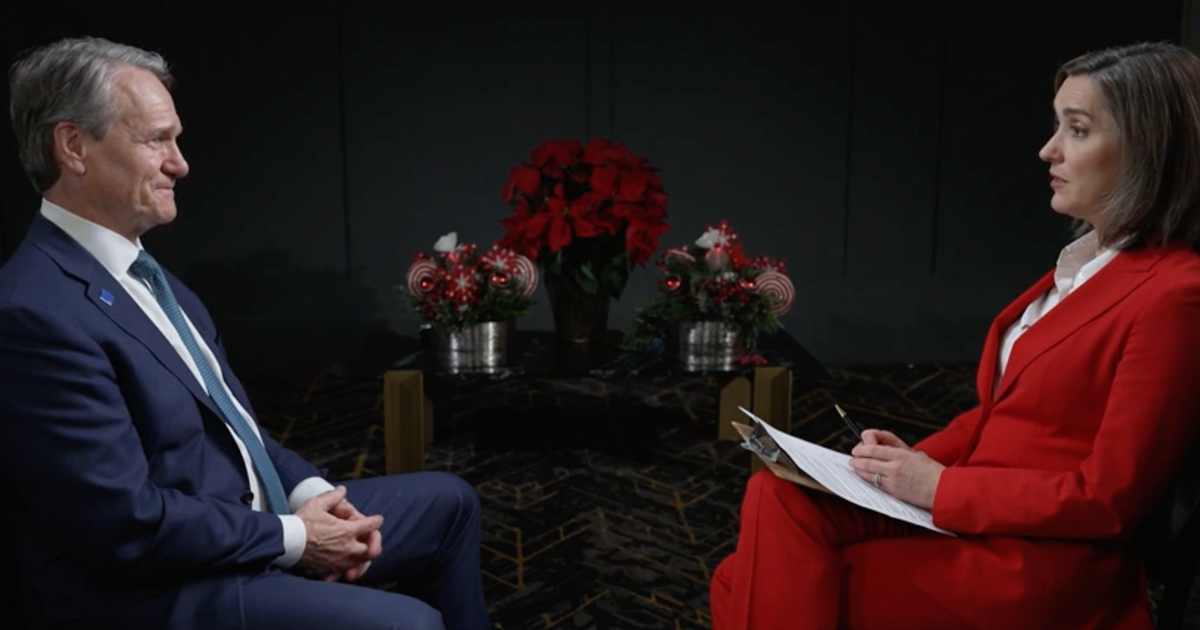What to know about pancreatic cancer following Maria Menounos' diagnosis reveal
Maria Menounos is opening up about her secret battle with Stage 2 pancreatic cancer.
After nearly three months of recovery, the former E! News correspondent told People she underwent a successful surgery to remove a 3.9-cm tumor after being diagnosed in January.
Thanks to catching it early, Menounos, 44, was given a good prognosis and underwent surgery in February to remove the tumor along with part of her pancreas, her spleen, a large fibroid and 17 lymph nodes.
"It was super painful," she told the outlet of the medical ordeal and recovery. "I couldn't move or lift myself up."
According to Menounos' doctor and surgeon, she doesn't require chemotherapy or additional treatment, just annual scans for the next five years.
The star hopes her story will encourage others to seek answers to their health problems.
"I had that moment where I thought I was a goner — but I'm OK because I caught this early enough," she said.
What are the signs and symptoms of pancreatic cancer?
For Menounos, it all started when she began suffering from severe leg cramps last June. "I'd scream out loud, I was inconsolable," she said.
A trip to the hospital revealed she had type 1 diabetes, which dramatically improved with insulin and glucose monitoring. By October, "I was crushing it," Menounos told the outlet, but a month later she was back in the hospital with "excruciating abdominal pain coupled with diarrhea."
A CT scan and extensive testing showed nothing, but she kept having pain. On a flight weeks later, the pain was so bad it felt "like someone was tearing my insides out."
Seeking answers she agreed to do a whole-body MRI, which revealed the mass on her pancreas, with a biopsy confirming that it was a Stage 2 pancreatic neuroendocrine tumor.
Abdominal pain and a new (or worsening existing) diagnosis of diabetes can be a sign of pancreatic cancer, according to the Mayo Clinic. Other symptoms can include:
- Loss of appetite or unintended weight loss
- Yellowing of your skin and the whites of your eyes (jaundice)
- Light-colored stools
- Dark-colored urine
- Itchy skin
- Blood clots
- Fatigue
What's the typical treatment for pancreatic cancer?
Depending on the type and stage of the cancer, there are different treatment options available including surgery, radiation therapy, chemotherapy and more, according to the American Cancer Society.
"Sometimes, the best option for treating pancreatic cancer might include more than one type of treatment," the organization's site adds.
In addition to the stage of the cancer, other factors will also be assessed, including age and other health conditions, to choose the best treatment option.
"It's important to discuss all of your treatment options, including their goals and possible side effects, with your doctors to help make the decision that best fits your needs," the site reads.
What is pancreatic cancer's usual survival rate?
Menounos' diagnosis, a pancreatic neuroendocrine tumor, is a less common type of pancreatic cancer.
"They make up less than 2% of pancreatic cancers, but tend to have a better outlook (prognosis) than the more common type," the American Cancer Society's website explains.
The more common type, pancreatic adenocarcinoma, has one of the lowest survival rate among all the major cancers with a five-year survival rate around 9%.
Certain risk factors also make a person more likely to get pancreatic cancer. They include a family history of pancreatic cancer or other cancers, chronic and hereditary pancreatitis, diabetes, obesity, tobacco use and a poor diet.
The risk of pancreatic cancer also increases with age. The majority of people are diagnosed over the age of 60.
- Why pancreatic cancer is so deadly and early symptoms hard to spot
- Early detection can make all the difference with pancreatic cancer
Vanessa Murdock contributed to this report.





